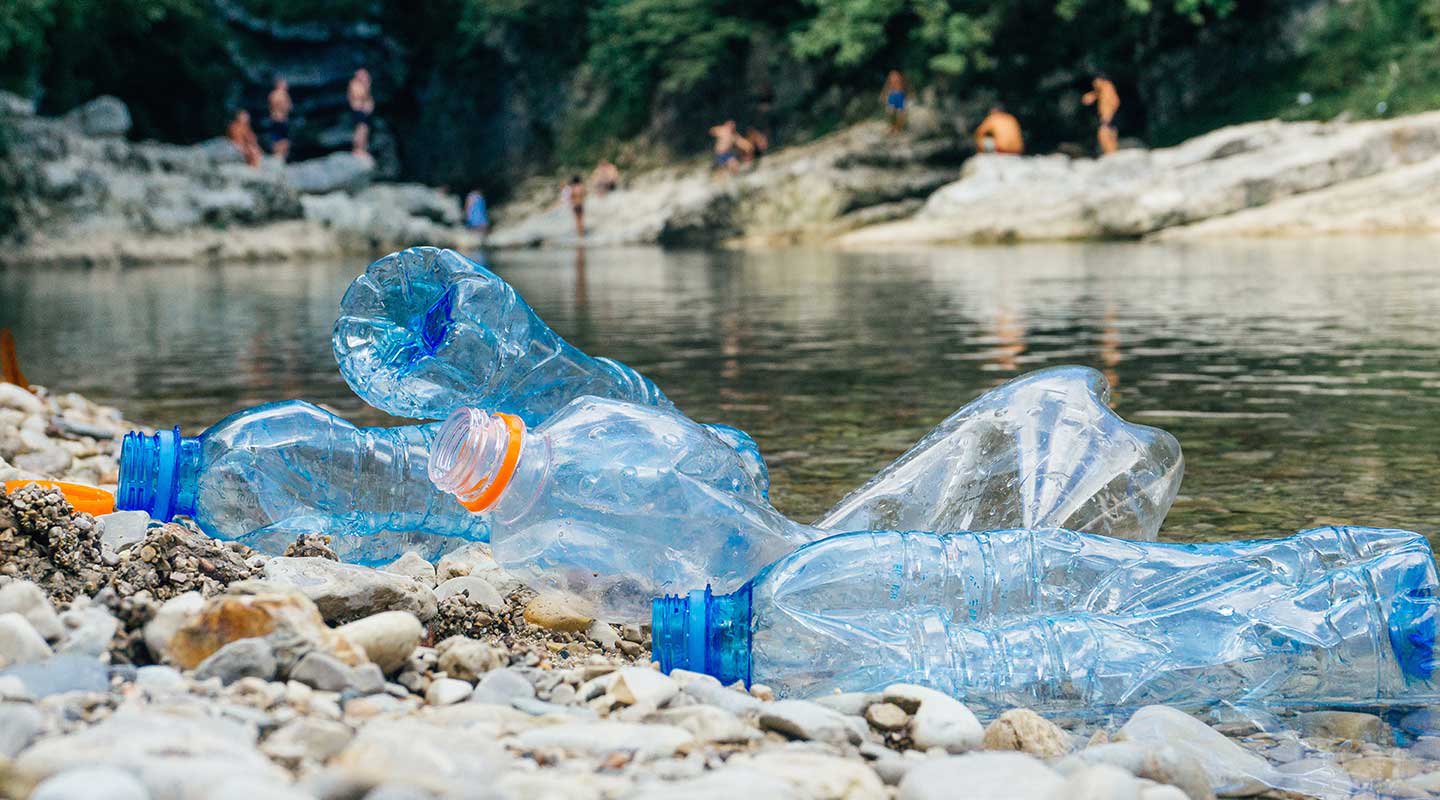Japanese scientists developed what they call a bulk acoustic wave (BAW) system, which uses piezo vibrations to remove microplastic-laden wastewater from washing machines.
Spotted: New studies have found microplastics – minuscule particles of plastic that are shed by synthetics fabrics and other materials – in virtually every body of water on earth. While filters can remove contaminants from sources like washing machine wastewater, these can clog easily and need to be cleaned regularly. Now, a new system uses sound to remove the particles instead.
In research performed at Japan’s Shinshu University, scientists developed what they call a bulk acoustic wave (BAW) system, which uses piezo vibrations. Microplastic-laden wastewater from the washing machine is channelled into three streams.
A piezoelectric device is used to apply acoustic waves on either side of the channels, creating a standing acoustic wave in the middle stream. The acoustic waves ‘push’ the micro-fibres into the middle channel, which can then be directed to a collection point, which the clean water can proceed into the sewer system.
In laboratory tests, researchers found that the system captured 95 per cent of PET (polyethene terephthalate) fibres, and 99 per cent of Nylon 6 fibres, both major sources of microplastics. Lead researchers, professors Hiroshi Moriwaki and Yoshitake Akiyama, plan to focus next on adding more channels to speed up the process and allowing it to capture a wider range of particle diameters.
Concern has grown for the health of the world’s oceans and other bodies of water, but so have innovations aimed at tackling some of the problems.
Website: shinshu-u.ac.jp/english
Contact: shinshu-u.ac.jp/english/contact

